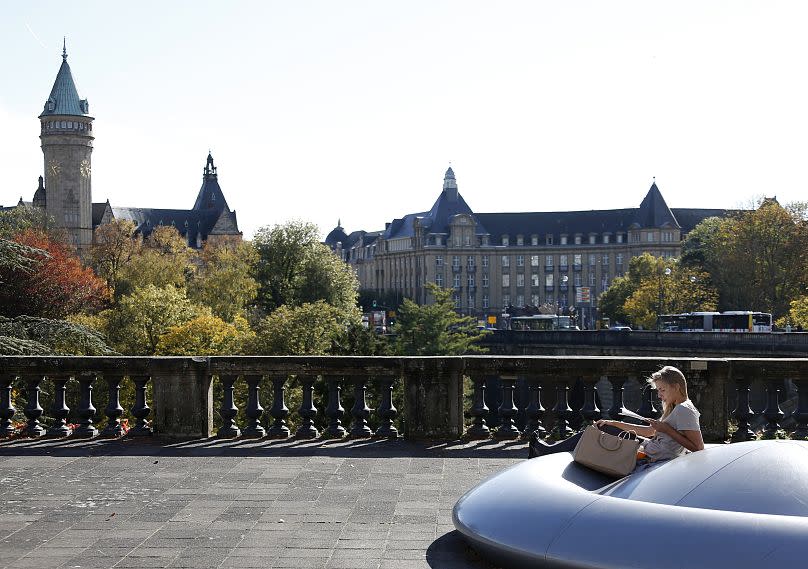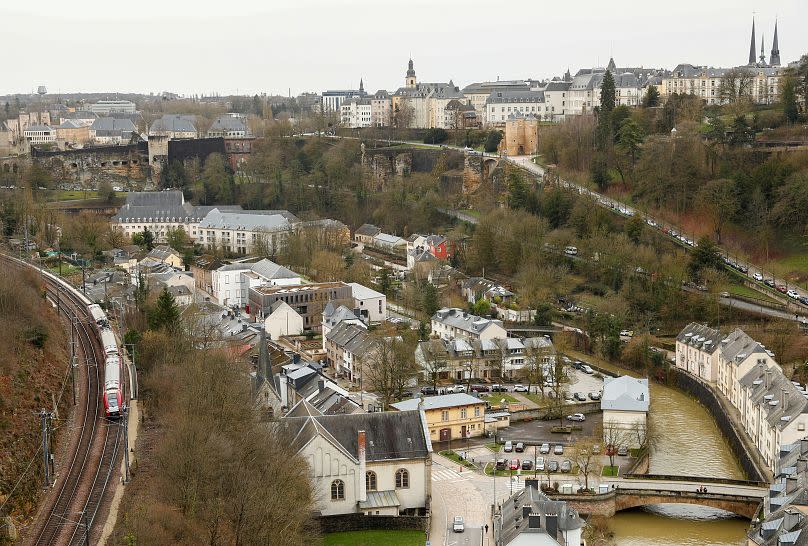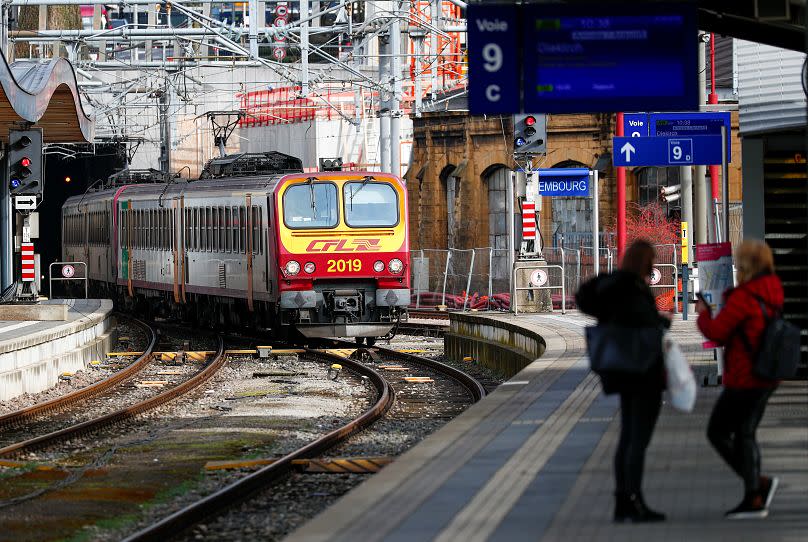‘A Herculean task’: How is Luxembourg using people power to shift its energy targets?

More than a third of Luxembourg’s energy will come from renewables by the end of the decade, under a new climate plan unveiled yesterday.
Europe’s richest country has stepped up its green energy and efficiency targets, partly thanks to public motivation.
All EU countries have to submit an updated national energy and climate plan (NECP) by June, showing how they will achieve the bloc’s goal of cutting CO2 emissions by 55 per cent by 2030.
“Anyone who thinks climate change isn’t happening is living on another planet,” prime minister Xavier Bettel said during a press conference announcing the draft update yesterday (17 April).
Those living in Luxembourg are well aware of the challenge. Climate change was ranked as the world’s most serious problem by residents in 2019, during an EU-wide survey of national views.
And more notable still than the small, wealthy country being on track for 2030, is the way it's brought its citizens into the policy-making process.
The richest country in Europe is celebrating three years of free public transport
Sunshine vs. the grid: Why the Czech Republic had to shutdown their solar plants over Easter
How are people helping to make Luxembourg’s climate policies?

A citizens’ climate council was convened by the government last year. The Klima-Biergerrot (KBR) brought together a representative sample of 100 people living or working in Luxembourg. It asked them to discuss Luxembourg’s current climate plan and see if it should be extended.
“Extraordinary situations require exceptional measures,” PM Bettel said when announcing the council’s launch. “It is time for an innovative democratic project that has not yet taken place in Luxembourg in this form. It is time to bring society to the table in climate policy negotiations.”
The people’s assembly “came out in favour of even more ambitious targets and measures for Luxembourg,” according to a government statement, and helped shape the stronger NECP.
The strengthened measures reflect “the political will of the government” too, the statement says. It stresses that the draft update is a collaborative effort across different departments.
This isn’t the first time that a European country has given its citizens a platform on climate issues. Established in 2016, Ireland’s Citizen’s Assembly made several recommendations for a fair transition, that ultimately fed into the country’s landmark Climate Action Plan in 2019.
France and the UK have also created citizens’ assemblies to help steer climate policy.
All Luxembourgers will have a say on the final plan, as the draft is now open to public consultation until 16 May. As in 2022, citizens, NGOs and lobby groups can submit their feedback on the government portal.
330 people did so last year, according to financial news site Delano, and 30 organisations - including environmental groups and industry lobbies.
France, Netherlands, Belgium: Which European countries have the best cycle to work schemes?
‘End of the fossil age’: Wind and solar broke energy records last year, report reveals
What are Luxembourg’s climate and energy targets?

Renewables and energy efficiency are the focus of Luxembourg’s updated climate plans.
Wind, solar and other clean sources are set to make up 35-37 per cent of the country’s energy share by 2030, up from the previous goal of 25 per cent.
“Climate protection means replacing fossil fuels as quickly as possible,” said energy minister Claude Turmes. “It’s a Herculean task.”
Wind is already well on track; set to reach its 2030 target by 2025. As analysis by clean energy think tank Ember shows, Luxembourg saw the biggest increase in wind share of any EU country between 2015 and 2022. A rise of nearly 20 per cent took it to a 26.9 per cent share of electricity last year.
The government is also looking to tighten up energy efficiency, cutting energy demand by 44 per cent by 2030.
As for overall emissions, the statement claims that Luxembourg was already on track in the last round of NECP submissions in 2020, so there is no need to revise its climate targets.
Delano reports that the changes will actually lead to a 58 per cent cut in emissions, based on analysis by government statistics portal Statec; up from 35 per cent in the previous plan.
Whether the small, wealthy Grand Duchy of Luxembourg could be doing more to drive down emissions is up for debate. It is still off course to reach net zero by 2050 - the other key target set by Brussels which NECPs are meant to address.
The new measures reach just 91 climate neutrality by the half century. Not accounting for carbon capture measures, a Statec spokesperson told Delano.
What else is in Luxembourg’s new energy and climate plan?

The draft plan presents a suite of other environmental measures, some shaped by the public discussions.
Among the most “innovative” of the 197 proposals is a bid for the “social leasing” of electric cars that would benefit low-income households. And the creation of a national entity to support energy renovation in leaky homes.
Foregrounding the need for a ‘just transition’, the draft plan will continue to raise the country’s CO2 tax. Introduced in 2021, this requires companies that emit greenhouse gases over a certain limit to pay a tax - partly allocated to help poorer families adapt and partly invested in green energy projects.
The updated NECP also seeks to phase out fossil fuel heating through a voluntary approach. If too slow, it will only permit new heating installations with a minimum of 70 per cent renewable energy.
At a local level, the government will continue to give financial support to municipalities embracing the energy transition through its ‘Klimapakt 2.0’.

 Yahoo News
Yahoo News 
